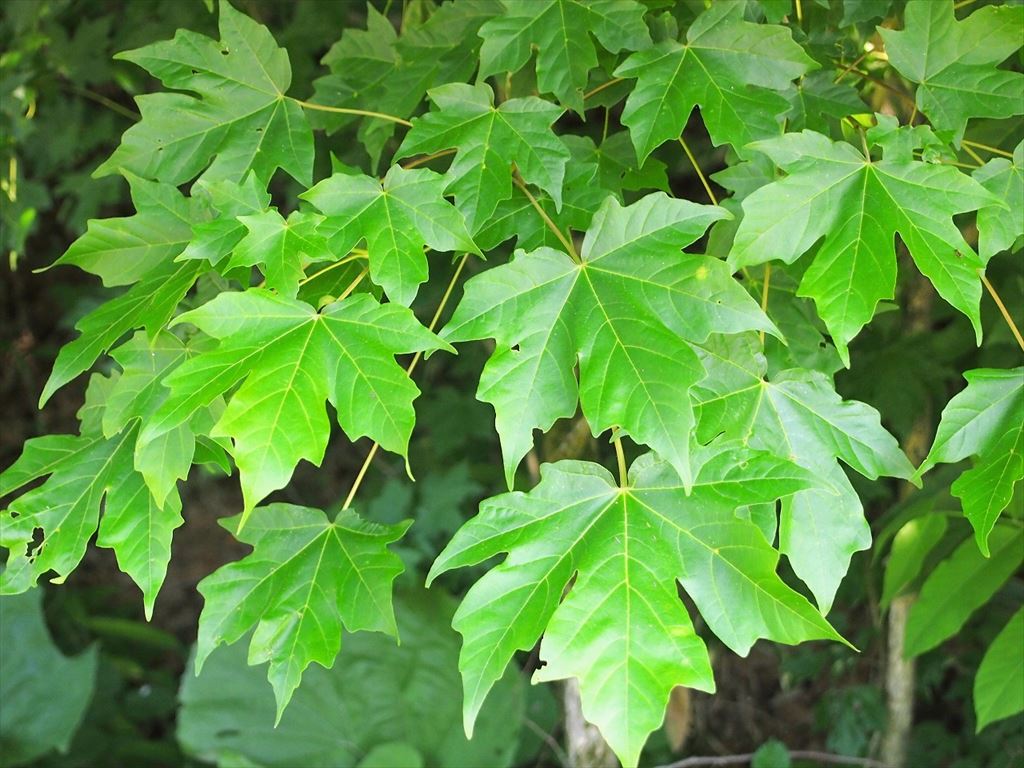Research News
Landscape genetics branches out to help conserve riverside forests
The conservation of river floodplain ecosystems is one of the greatest challenges of the 21st century. Forests on the banks of rivers or along streams often support a rich and unique array of plant and animal life, due, in part, to the high soil moisture. These areas are important in maintaining water quality, preventing erosion and provide important habitat for wildlife. Many of these so-called riparian forests have been fragmented or developed due to their waterside location. The utility of rivers in transportation, for example, has led to the development of these forests into agricultural and residential areas. Flood prevention and control measures have also fragmented many of these sites. It is well-known that this fragmentation affects the ability of plants and animals to move freely, as well as affecting other ecological processes, such as nutrient and gene flow. Ensuring that these forests remain connected with each other through the establishment of 'corridors', areas of habitat connecting otherwise fragmented habitats, is vital in conserving these ecologically important sites. Information on how to implement a network of these corridors to allow maximum effectiveness is limited, especially for river floodplain ecosystems.
How do we identify candidate areas to be established, preserved or restored as riparian forest corridors? One approach is to study the effects of forest fragmentation on gene flow, as reported in the journal Biological Conservation. A team of scientists lead by Dr Ikuyo Saeki of the University of Tsukuba, Japan, examined gene flow in the endangered maple, Acer miyabei, using landscape genetics, a powerful and increasingly popular tool in conservation projects. It involves the integration of population genetics and landscape ecology, in order to examine how recent landscape changes, for example, habitat fragmentation, have affected the genetic diversity of species.

Acer miyabei only inhabits rare and undisturbed lowland floodplains in northern Japan. Its population is declining due to habitat loss and fragmentation. Over the past 50 years most of the flat lowlands and natural forests have been largely converted to urban and agricultural uses. A. miyabei is pollinated by insects and its seeds dispersed by wind and water. Its long lifespan allows comparison between genetic variation in young (small) and mature (large) individuals. In the study, trees were categorised as young or mature by measuring the diameter of the largest stem at breast height (DBH) - young trees had a smaller DBH than older trees. Leaf tissues for DNA extraction were collected from 290 trees at 13 sites covering seven river basins. A DNA genotype was then obtained for each tree and compared between the 13 populations and between small and large trees within each population using advanced landscape genetic techniques.
Overall, the small tree groups had a higher level of genetic differentiation than the large tree groups. This suggests that smaller (i.e. younger) trees are exposed to greater genetic isolation than larger (i.e. older) trees owing to recent forest fragmentation. Because the gene flow between younger populations of trees is reduced, they share fewer alleles (variant forms of a gene). This effect may be explained by the tree's method of reproduction, in which pollination is mainly by Diptera (flies) which reproduce in leaf litter. Thus, the loss of forests likely reduces gene flow via pollination. The study also found that surrounding forests, as well as forests along rivers, are important for maintaining gene flow in A. miyabei.
Dr Saeki concludes that 'remnant populations of A. miyabei are important as reservoirs of genetic diversity and their habitats should be conserved'. To promote connectivity, the study recommends preserving forests along rivers as well as the forests surrounding them. Areas around genetically isolated populations should be given priority. Dr Saeki hopes that the results of this study will help to identify candidate areas to be restored or preserved as corridors in the conservation of other riverside forests in the future.


